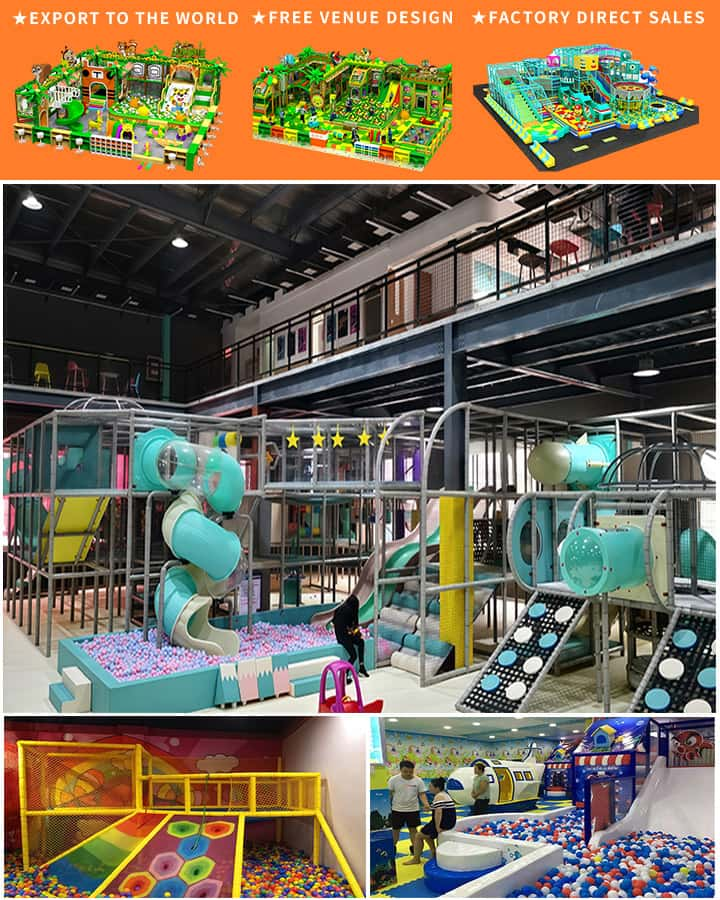Playgrounds are an essential part of childhood, providing a space where children can explore, learn, and develop physical and social skills. However, for children with disabilities, the lack of accessible playground equipment can limit their ability to enjoy these fundamental experiences. In Canada, the focus on inclusive design and accessibility has led to significant strides in ensuring that all children, regardless of their abilities, have equal opportunities to play. This article explores the importance of accessible playground equipment in Canada, highlighting its benefits and the steps being taken to ensure every child can enjoy a safe and enriching play environment.
The Significance of Accessibility in Playgrounds
Accessible playground equipment is designed to be usable by children of all abilities, including those with physical, sensory, or cognitive disabilities. This inclusivity is not just a matter of fairness but also a critical component in promoting the overall well-being and development of all children. By integrating accessible features such as wheelchair-accessible swings, low-friction surfaces, and tactile elements, playgrounds can become more welcoming spaces for everyone.
Benefits of Inclusive Playgrounds
Enhanced Physical Development: Physical activity is crucial for healthy growth and development. Accessible playground equipment allows children with disabilities to engage in activities that promote strength, coordination, and balance, contributing to their overall physical health.
Social Interaction and Inclusion: Playgrounds are social environments where children learn to interact, share, and collaborate. An inclusive playground fosters friendships between children with and without disabilities, teaching valuable social skills and promoting empathy and understanding.

Emotional Well-being: Access to play can significantly impact a child’s emotional and psychological well-being. For children with disabilities, being able to participate in play activities alongside their peers boosts self-esteem and reduces feelings of isolation.
Educational Opportunities: Play is a natural way for children to learn about the world around them. Accessible playgrounds provide diverse experiences that stimulate curiosity and creativity, helping all children reach their full potential.
Initiatives and Innovations in Canada
Canada has been at the forefront of designing and implementing accessible playground equipment, thanks to collaborative efforts between governments, organizations, and communities. Several initiatives and innovations stand out in the country’s commitment to inclusivity:
National Programs and Policies: The Canadian government supports inclusive design through various grant programs and policies. For example, the Accessible Canada Act mandates that federal buildings and services be accessible, setting a precedent for public spaces like playgrounds.
Inclusive Design Standards: Organizations like the Rick Hansen Foundation advocate for universal design principles, ensuring that playground equipment is inherently accessible. These standards guide the creation of new playgrounds and the retrofitting of existing ones.
Community Involvement: Local governments and community groups work together to assess needs and implement accessible playground projects. Public consultations and user testing involving children with disabilities help tailor designs to meet real-world requirements.
Innovative Equipment: Advances in technology have led to the development of sophisticated accessible playground equipment. Examples include adaptive swings that accommodate different levels of mobility, multi-sensory play areas for children with sensory processing challenges, and interactive digital elements that enhance learning experiences.
Challenges and Future Directions
Despite progress, challenges remain in achieving fully accessible playgrounds across Canada. Funding constraints, limited awareness, and varying degrees of accessibility expertise among designers and builders are some of the hurdles to overcome. Nonetheless, ongoing advocacy and education are gradually addressing these issues.
Future directions include increased collaboration between stakeholders, more extensive research into the needs of children with diverse abilities, and continuous improvement of design standards. Additionally, raising public awareness about the importance of accessible playgrounds will encourage greater community involvement and support.
Conclusion
Accessible playground equipment in Canada represents a vital step towards creating an inclusive society where every child has the opportunity to play, learn, and thrive. By embracing universal design principles and fostering collaboration among various sectors, Canada can continue to lead the way in ensuring that all children enjoy safe and enriching play experiences. As we move forward, the emphasis on accessibility will not only benefit children with disabilities but will also enrich the lives of all children, cultivating a generation that values diversity, empathy, and inclusion.




